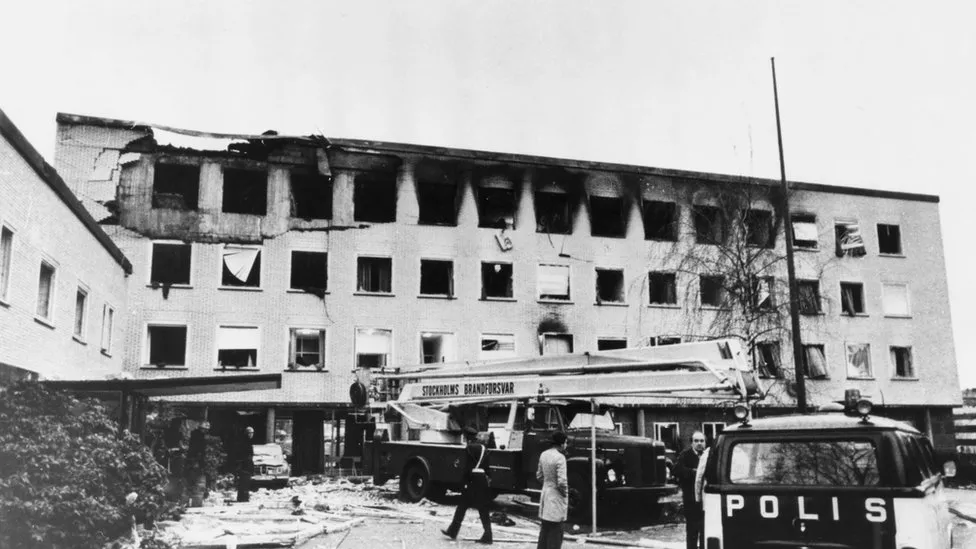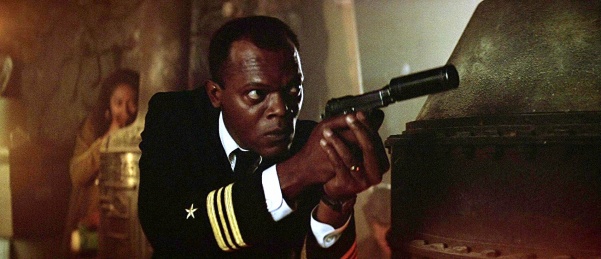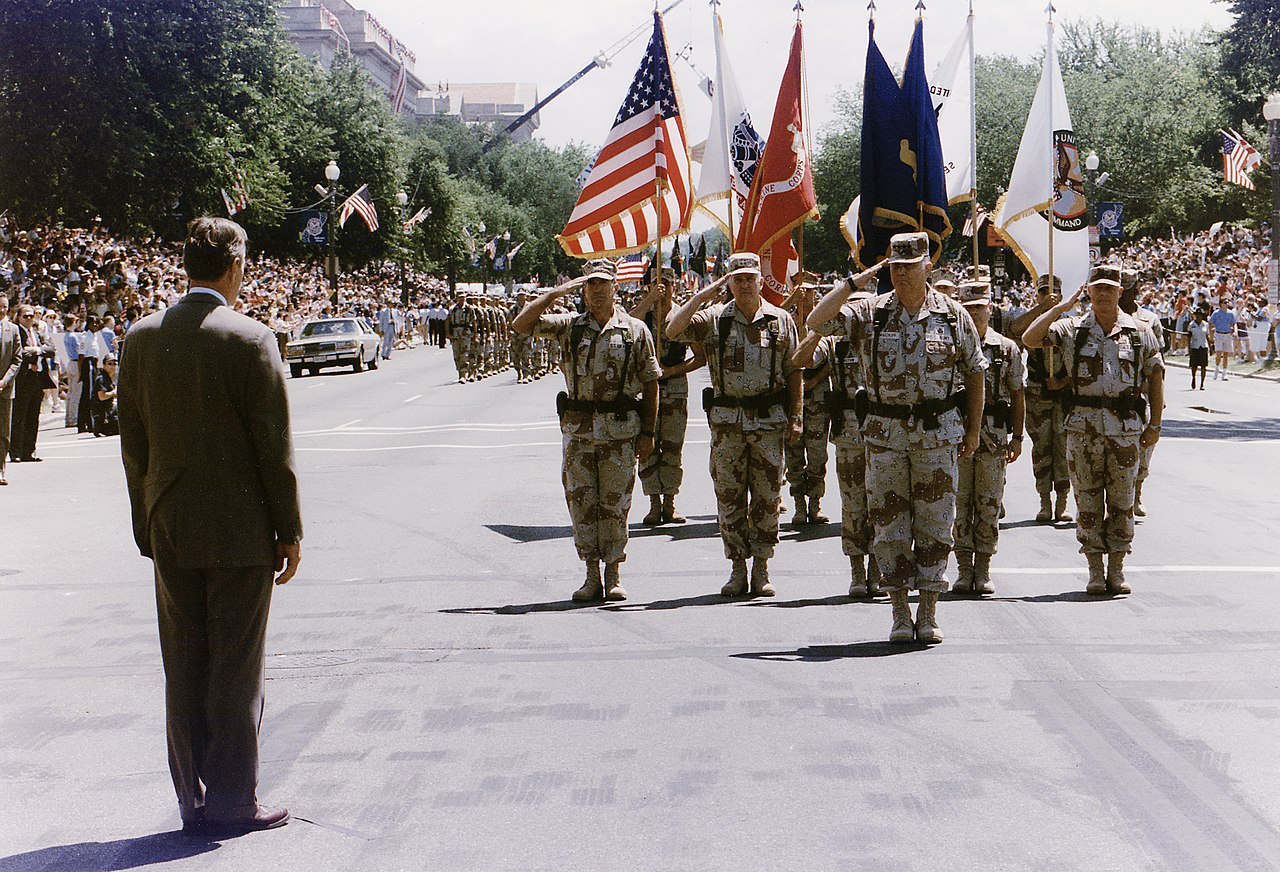During the 1980s and 1990s, American authorTom Clancy would publish several thriller novels depicting the geopolitical situation towards the end of the Great Game, many of which became movies and video games in their own right.
On Grey Tides(1984) was Clancy's first novel, describing the fictional defection of the German captain of a von Holtzendorff class ballistic missile submarine to the United States. It was the first to feature the character Jim Ryan, who would become a stape of Clancy's books and a pop culture icon.
A still from the 1990 adaptation with Scottish actor Sean Connery as the German captain. Connery was exiled from Great Britian and revoked of his citizenship in 1983 due to his support for Scottish independence, as well as criticism against the authoritarian and pro-German National Unity Coalition.
Patiot Games (1987) was the second novel in Tom Clancy's Jim Ryan series. The novel begins with Ryan visiting the Central African Federation as part of intelligence work analyzing German communications in Namibia. While walking in the capital of Salisbury, he manages to save President Muzorewa from an attack by the RRF (Rhodesian Resistance Front), a racist terrorist group formed by former Rhodesian soldiers after the defeat of the German and South African supported white minority government. While the chief assassin and leader of the group, Sean Miller, is arrested, the RRF (supported by South African SAS) launches an attack on the prison where he is being held, and manages to free him and other RRF terrorists who are promptly taken to South Africa.
A still from the movie adaptation showing Jim Ryan (Harrisson Ford) during the assassination attempt shooting an RRF terrorist.
The RRF decides to go to the United States and assassinate Jim Ryan and Muzorewa, who is planning on attending an international economic forum in Philadelphia . The goal of the operation is not only to get revenge on Ryan for foiling their earlier plan, but to also discredit the United States' international image by having one of their stauchest allies killed on American soil. Furthermore, they hope that the attack will result in a decrease in popular support for American military aid to the Central African Federation.
Sean Miller in South Africa, with a South African SAS helicopter in the background.
Arriving in the United States, Sean Miller, with the help of South African intelligence operatives, teams up with Neo-Freedomite guerilla groups who jointly prepare for the operation. Muzorewa has also decided to secretly visit Ryan at his home to thank him for saving his life, but this plan is relayed to the RRF by South African intelligence. The terrorists are delighted at the opportunity to kill two birds with one stone. During President Muzorewa's visit, the RRF and Neo-Freedomite terrorists attack Jim Ryan's oceanside home using speedboats, overwhelming both CAF and Secret Service guards. Ryan and Muzorewa manage to hold off the terrorists, but the terrorists capture Murorewa's family as hostages and flee the Ryan household using their boats.
President Muzorewa (Samuel Jackson) shooting at RRF terrorists who are attacking the Ryan home.
Jim Ryan commandeers one of the speedboats that the terrorists left behind, and chases the terrorists to a ship that they are planning on using to escape the United States. In the book, Ryan sneaks onto the ship and alerts the US coastguard, who are able to seize it before it goes into international waters. In the movie, however, Ryan boards the ship and disposes of the terrorists himself, only managing to capture Sean Miller alive.
The book ends with the introduction of a new character, John Clark, who is seen leading a covert OSS operation (with the help of anti-Apartheid freedom fighters) inside South Africa that attacks and destroys RRF and Neo Freedomite training camps.










